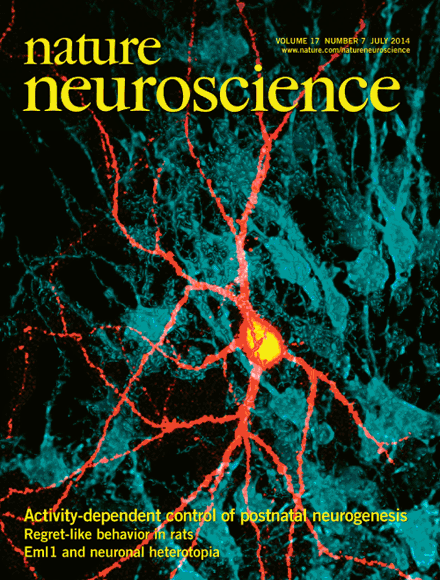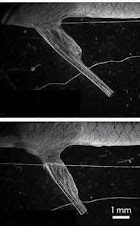Five European individuals who lived during the Middle Ages provide a look backwards at leprosy
Leprosy was endemic in Europe until the Middle Ages. Using DNA array capture, we have obtained
genome sequences of Mycobacterium leprae from skeletons of five medieval leprosy cases from the
United Kingdom, Sweden, and Denmark. In one case, the DNA was so well preserved that full de novo
assembly of the ancient bacterial genome could be achieved through shotgun sequencing alone.
The ancient M. leprae sequences were compared with those of 11 modern strains, representing
diverse genotypes and geographic origins. The comparisons revealed remarkable genomic conservation
during the past 1000 years, a European origin for leprosy in the Americas, and the presence of an
M. leprae genotype in medieval Europe now commonly associated with the Middle East. The exceptional
preservation of M. leprae biomarkers, both DNA and mycolic acids, in ancient skeletons has major
implications for palaeomicrobiology and human pathogen evolution.
Science 341, 179 (2013)
Science 341, 179 (2013)



















































































